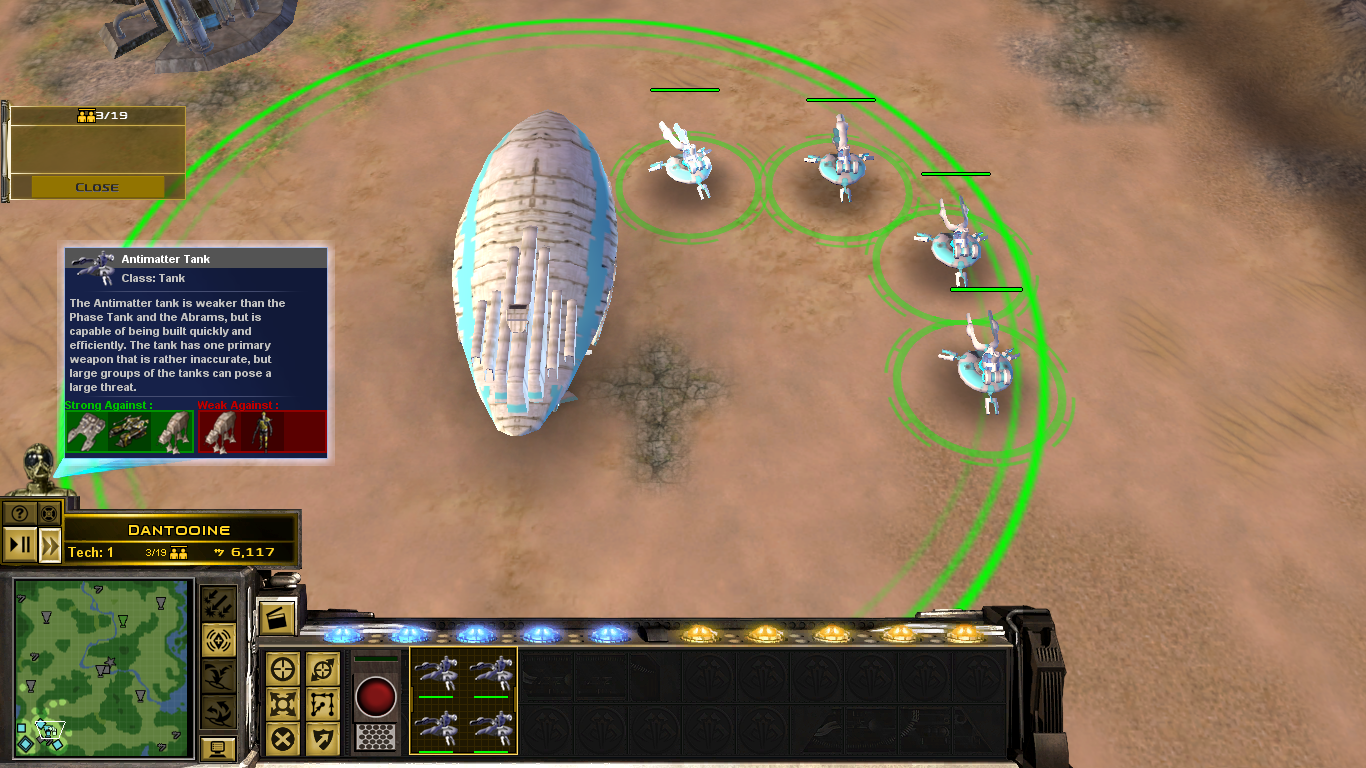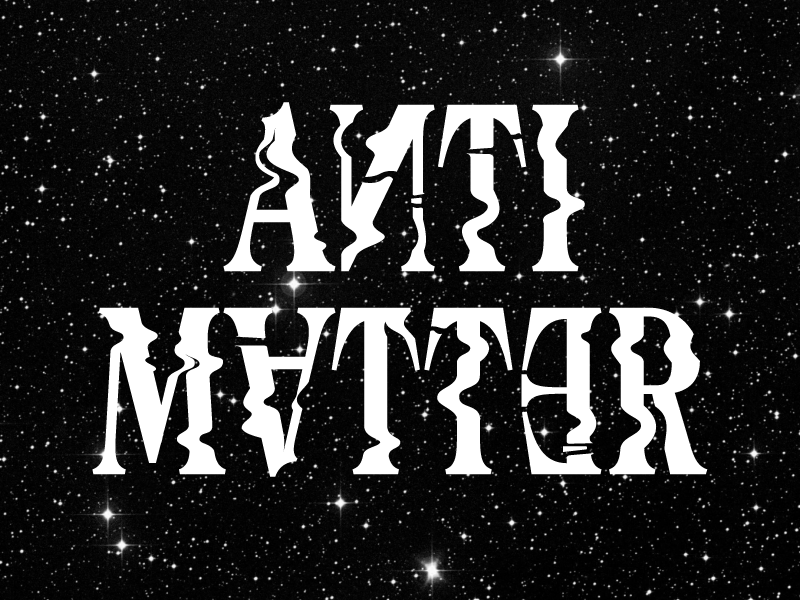

(1979a and 1979b) was launched in 1979, from Palestine, Texas. (1979) in balloon-borne experiments, after previous attempts by different groups have failed except for setting upper bounds to the flux of antiprotons ( Haskin et al., 1959 Aizu et al., 1961 Grigorov et al., 1961 Apparao et al., 19, Bogomolov et al., 1971).

The flux of cosmic ray antiprotons is also regarded as a test to investigate the amount of matter traversed by the cosmic radiation in the Galaxy and to test the validity of models of cosmic ray propagation ( Shen et al., 1968 Suh, 1971 Gaisser and Maurer, 1973 Gaisser and Levy, 1974 Badhwar et al., 1975 Steigman, 1977 Bhattacharyya et al., 1978).Įvidence for the discovery of antiprotons in the cosmic radiation was first claimed by Golden et al. Likewise, theories that suggest a cosmological origin of antimatter through the decay of a variety of hypothetical particles are highly speculative. Speculations that primordial antimatter, i.e., p ¯, H e ¯, etc., if present in the cosmic radiation, originates from antimatter galaxies or even distant antimatter portions of the universe are extremely unlikely on the grounds of the well known intensity and homogeneity of the diffuse gamma ray background. These antiprotons are therefore not true primaries but must be referred to as secondary antiprotons (for a review see Stephens and Golden, 1987 Basini et al., 1989). (1955) observed a cosmic ray induced event in stripped nuclear emulsion after an exposure at high altitude in Sardinia, Italy, in 1953 which they have interpreted as being most likely an antiproton, a particle which had never been observed before.Īntiprotons are produced in energetic collisions of the primary radiation with the constituents of the interstellar medium, i.e., gas and dust particles. It should be mentioned in this context that prior to the official discovery of the antiproton, Amaldi et al. Speculations that antiprotons may be present in the cosmic radiation appeared in the literature ( Fradkin, 19) soon after their discovery at the Bevatron accelerator at Berkeley by Chamberlain et al. It is also linked to the fundamental question of charge symmetry in the Universe. The question whether antimatter such as antiprotons, antideuterons, antihelium, etc., exist in the primary cosmic radiation is of great relevance from the astrophysical and cosmological point of view ( Steigman, 1976). Grieder, in Cosmic Rays at Earth, 2001 5.6.1 Discovery of Cosmic Ray Antiprotons A weird kind of lightning here on Earth, called Dark Lightning, sends a shock of antimatter flying into space.Peter K.F.

The Sun isn’t the only thing spouting antimatter, though. Somehow, collisions with matter destroyed most of the antimatter (when matter and antimatter meet, they annihilate), leaving a slight surplus of matter, which became the planets, stars and galaxies in our universe. When the universe was born about 13.8 billion years ago in the Big Bang, there was probably about as much matter as antimatter, scientists think. But this is the first time researchers have observed antimatter coming from the sun.Īntimatter particles have the same mass and other characteristics as their regular-matter counterparts, but they have opposite charge. Solar flares were predicted to release some antimatter particles among the deluge of charged particles spat out during these eruptions. New observations, says Space, show that solar storms produce a spout of antimatter.
#Antimatter star torrent
The collision sends a torrent of charged particles arcing along the Earth’s magnetic field and triggers beautiful auroral displays.īut the northern lights aren’t the only thing solar flares bring to the Earth Once in a while, when the Sun gets uppity, a gigantic solar flare will plow through the solar wind and slam into the Earth. The Earth is bathed in the solar wind , a stream of charged particles that emanates from our star. The Earth hangs some 93 million miles from the Sun, with the seemingly empty void of space as a backdrop.


 0 kommentar(er)
0 kommentar(er)
